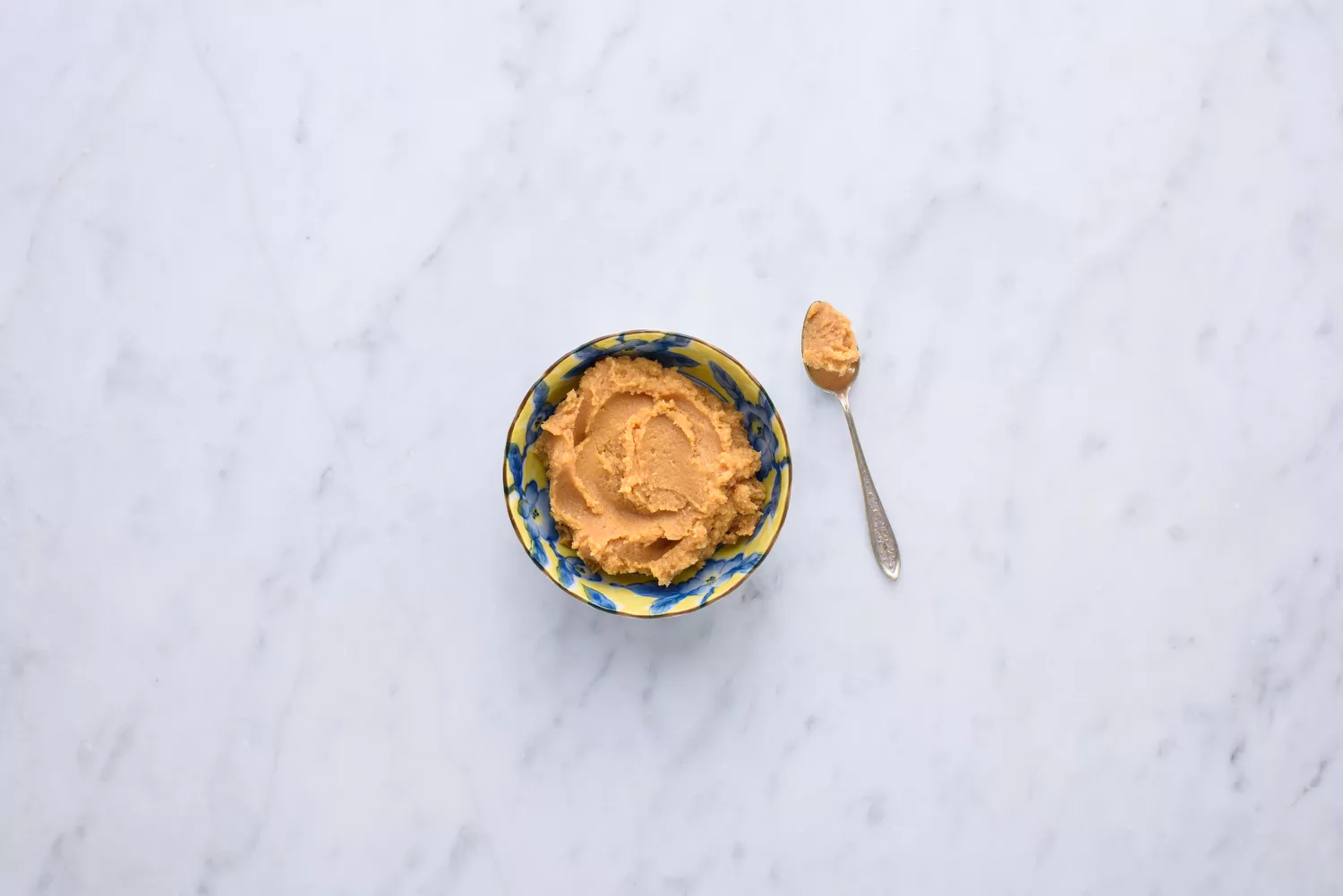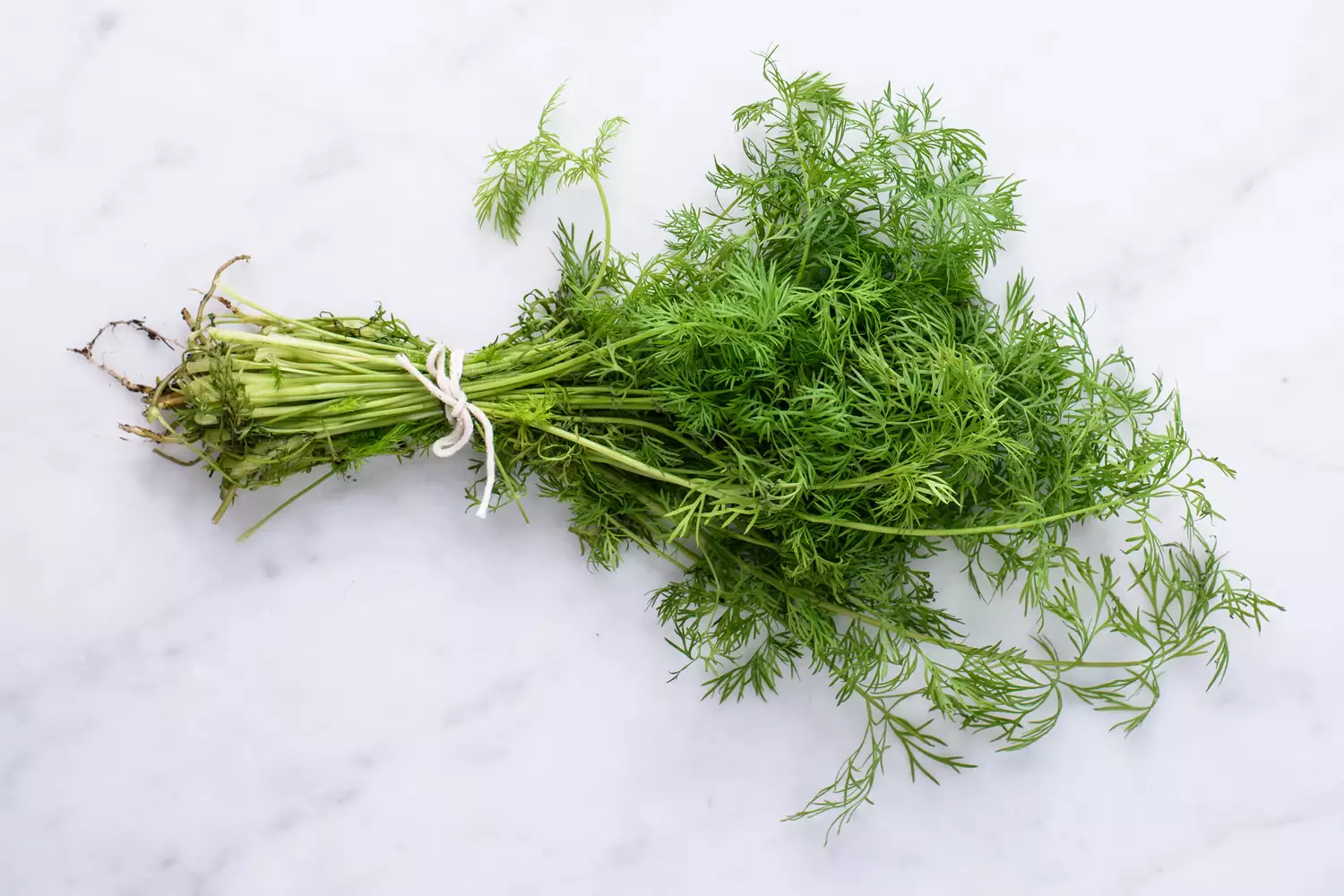Miso paste, or merely miso, is a paste made from fermented soybeans. There are various kinds of miso paste, but every one of them are made with soybeans and koji (Aspergillus oryzae), a Japanese fungi that is created making use of soybeans.
Koji is the fermenting agent. In addition to those two components, many sorts of miso paste are likewise made from some type of rice or grain.
Miso paste come from China yet was offered Japan regarding 1,300 years earlier by Buddhist clergymans that utilized it to protect foods throughout summer months. Over the years, miso became a staple in the Japanese diet regimen.
Today, miso paste is used for pickling veggies, fish, and meats. It is additionally the essential component in miso soup. Miso paste presents an “umami” or tasty taste to foods. It is reasonably high in healthy protein (compared to other spices) however additionally high in salt.
Miso Paste Nourishment Facts
The following nourishment information is offered by the USDA for one tablespoon (17g) of miso paste.1.
Calories: 33.7.
Fat: 1g.
Salt: 634mg.
Carbohydrates: 4.3 g.
Fiber: 0.9 g.
Sugars: 1.1 g.
Protein: 2.2 g.
Iron: 0.4 mg.
Choline: 12.3 mg.
Vitamin K: 5mcg.
Carbohydrates.
A one-tablespoon offering of miso paste supplies 33.7 calories and has 4.3 grams of carbohydrates. There is a small amount of sugar (1.1 g) and fiber (0.9 g) in miso paste. You’re not likely to eat a good deal of miso paste so the carbohydrates, fiber, or sugar are not most likely to make a considerable distinction in your diet plan. The majority of recipes require one to two tbsps of the paste, at many.
There is no taped glycemic index or glycemic load for miso paste. Yet because the section dimension is typically small and considering that the food includes couple of carbohydrates, it is most likely that the impact on blood sugar is marginal. As a whole, soy foods like miso paste, are believed to have a low glycemic response.2.
Fats.
Miso paste is low in fat, supplying simply one gram per serving. About 0.2 grams of the fat is filled, while 0.2 grams is monounsaturated, and about 0.5 is polyunsaturated, according to USDA data.1.
Protein.
Miso paste gives regarding 2.2 grams of healthy protein in each one-tablespoon serving.
Vitamins and Minerals.
Some resources advertise the significant minerals and vitamin content of miso paste, most significantly B vitamins, manganese, copper, and vitamin K. Yet since it is consumed in such small amounts, you might obtain fewer trace elements than you anticipate. A one-tablespoon offering is not a good resource of any vitamins or minerals (except sodium) according to government guidelines.
For example, it is extensively reported that miso is a great resource of copper. But a one-tablespoon offering offers 0.07 mg or 7.8% of the daily worth. Some resources likewise report that miso is high in B vitamins. Yet a tbsp offering offers just 0.034 mg of vitamin B6 (about 2% of the daily value) and 0.014 micrograms of vitamin B12 or about 0.05% of the everyday value.
It is additionally frequently reported that miso is a great source of vitamin K. However once again, a normal one-tablespoon serving just offers just under 5 micrograms or about 4% of the daily worth. An offering of miso additionally supplies 0.15 micrograms of manganese or 0.6% of the everyday value.
The only substantial trace element in miso paste is salt. A one-tablespoon serving gives 643 milligrams of salt, according to USDA information.1 Federal government guidelines suggest that we take in no greater than 2,300 milligrams daily.3.
Wellness Advantages.
Foods like miso paste that are consumed in really small amounts don’t always supply considerable health and wellness advantages. But there are some ways that adding miso paste to your diet plan may provide certain benefits to some individuals.
Better Blood Glucose Control.
There is some proof that adding soybean foods like miso, natto, and ground soybean to other food might boost glycemic reaction in some individuals. In fact, in one research researchers located that including miso to white rice lowered its glycemic index by 20% to 40%.2.
Research writers stated that soy foods may be a proper part of diets meant to improve control of blood glucose and insulin degrees. However, the study was little in range, including only 10 individuals (2 women, 8 guys) that were fairly young (ordinary age 23 years), and typical weight. So research study writers additionally kept in mind that additional research study is needed prior to any type of verdicts can be attracted.2.
Lower High Blood Pressure and Heart Price.
A 2020 study review published in the journal Environmental Health and wellness and Preventive Medication explored the connection between the health impacts of salt consumed in miso soup to salt consumed from various other foods. High salt intake is known to increase blood pressure and is related to high blood pressure incidence.4.
In the record, the research study authors found that based upon present evidence, the intake of miso soup does not increase blood pressure and heart rate compared to the comparable intake of salt. They recommended that the effect is in component because of the lowering of sympathetic nerve activity. Ingredients in miso lower the results of thoughtful nerve activity, causing reduced high blood pressure and heart price.4.
Reduced Cholesterol.
There is some evidence that fermented soy foods such as miso, natto, and douchi that are rich in healthy protein can minimize the lotion focus of total cholesterol, low-density lipoproteins (LDL cholesterol), and triglycerides if eaten as opposed to pet healthy protein.5.
Passion in fermented foods (including fermented grain, dairy, and animal foods) has increased lately. Scientists do not completely recognize the range of benefits, however, and research studies are continuous.6.
Might Reduce Swelling and Stop Disease.
Consisting of soy foods in your diet regimen may give advantages due to the fact that they contain isoflavones, a phytoestrogen similar to the hormone estrogen. Aglycone-type isoflavones are produced during the fermentation of miso.7.

Isoflavones have actually been shown to display antioxidant, anticancer, antimicrobial, and anti-inflammatory properties. Proof has actually suggested that they may have the possible to prevent chronic conditions in which inflammation plays a vital role, though the underlying systems continue to be uncertain.8.
Some scientists have shared problem, nonetheless, about lasting high-dose use of isoflavones. However the proof is both insufficient and contradictory. According to one team of scientists who composed an evaluation of isoflavone studies, “the negative results of isoflavones might rely on diverse elements such as age at the time of exposure and the hormonal atmosphere.” 8.
Might Help Safeguard Intestine Wellness.
Melanoidins are also generated during the fermentation of miso.7 Melanoidins were formerly thought about to be inert, however, current research study into their nutritional, physiological, and useful residential properties has actually suggested that they might have antioxidant residential properties. Antioxidants assist safeguard cells against oxidation triggered by free radicals.9.
Melanoidins may also protect versus extreme anxiety in the colon and behave as a dietary fiber by advertising the development of gut bifidobacteria. Nevertheless, studies investigating the advantages of melanoidins have actually been conducted using other foods such as coffee or beer, not miso paste.10.
There are other foods that are likely to offer even more substantial antioxidant benefits, such as vegetables and fruits.
Allergic reactions.
Because miso is made with soy, those with a soy allergy must prevent it. Soy is a common allergy, especially in youngsters. Individuals adverse wheat, beans (legumes), milk, or other food can likewise have an allergic reaction to soy.11.
Symptoms of soy allergy variety from light, consisting of hives or itching around the mouth, to serious responses including anaphylaxis, which can be lethal.11.
Unfavorable Impacts.
Specific individuals should be cautious when consuming miso paste. Those with Celiac condition or non-celiac gluten level of sensitivity must be careful when choosing the type that they consume, as numerous types are made with gluten-containing grains, such as barley.
Even brand names that do not consist of any type of gluten grains, could be based on cross-contamination since they are manufactured in a processing center that additionally makes gluten-containing miso. Be sure to read tags carefully and look for one that is especially marked as safe for those on a gluten-free diet plan.
Likewise, those that are watching their sodium consumption ought to be cautious concerning eating miso paste. While there may be some variation in between brands, the spice is recognized to be salty.
The American Heart Organization recommends that adults take in no greater than 2,300 milligrams of salt per day. They suggest an ideal limitation of 1,500 mg per day or less, specifically for those with hypertension.12.
Lastly, particular clinical depression medications (MAOIs) may engage with fermented soy items, such as miso paste or soy sauce, due to their potentially high level of the amino acid tyramine.
In many cases, taking in tyramine can cause the release of norepinephrine, which can trigger a fast rise in blood pressure. Individuals taking MAOIs are advised to restrict tyramine intake, by staying clear of foods such as soybean dressings, tofu, and also touch beer.13.
Selections.
There may be as lots of as 1,000 different sorts of miso as the paste has actually been created and used for thousands of years. But there are 3 typical kinds that you’re likely to find when searching for it today. They are described by the Japan Miso Promo Board.14.
Mugi miso is made from soybeans, roasted barley, and salt. This is a sweeter, lighter miso.
Kome miso is made from soybeans, malted rice, and salt. Likewise called “rice miso,” this type is extensively available in white, yellow, and red selections.
Mame miso is made from soybeans, malted soybeans, and salt. This dark reddish-brown miso is the only kind made totally from soybeans.
One more typical type of miso is simply called “wonderful miso” or “shiro miso” and it is easily located on shop shelves in the U.S. You might additionally see “aka miso” which is red miso that has a much deeper, saltier taste.
When It’s Best.
Miso paste is available all year long in virtually any supermarket. You’ll find it in the Eastern food section of the majority of significant markets. You’ll additionally discover various kinds of miso paste in Oriental markets and online.
Storage Space and Food Security.
Miso paste ought to be kept in a closed container and refrigerated after opening up. when saved appropriately, it should remain fresh for concerning a year, according to the USDA. Miso paste ought to not be iced up.15.
Just how to Prepare.
There are countless methods to utilize miso in your day-to-day food preparation. The most typical use is to make miso soup. This preferred Asian staple is usually made from miso, water, tofu, dashi (fish-based supply spices), and green onions. Some people additionally add sesame seeds, carrots, or other ingredients.
When making miso soup, you’ll intend to warm up the base initially. Generally, this indicates home heating water and including dashi, or veggies (such as environment-friendly onions or carrots) on the cooktop. Tofu and miso paste are generally added in the direction of completion of the food preparation process. Warmth can break down miso and it transforms the taste, so you intend to make sure that the soup isn’t as well hot when it is added.
Yet miso soup is just one method to use this versatile food. Miso can be included in other sorts of soups, can be made use of to coat veggies, make salad dressing, contributed to sauces or sauce, and utilized to season meat. Miso is in some cases contributed to peanut butter or various other spreads and can be incorporated with garlic to provide garlic bread a vibrant twist.
The type of miso that you carry hand may make a difference in exactly how you make use of miso. Miso blends differently depending upon exactly how it is made. The most typical kind of miso, wonderful miso, has the mildest flavor and mixes well with various other foods.
If you’re new to using miso, this is the most effective kind to start with. As soon as you get comfortable with it, try out other types of miso, and get innovative in the kitchen area to add umami to your favored meals.


